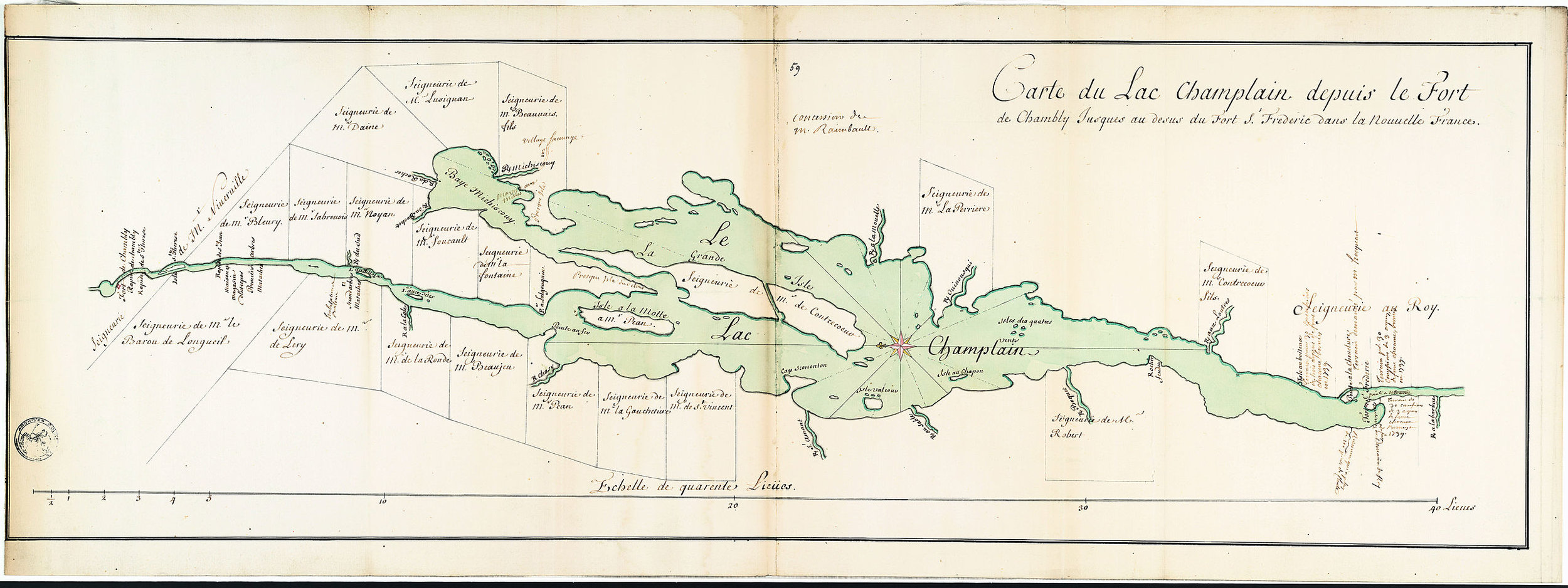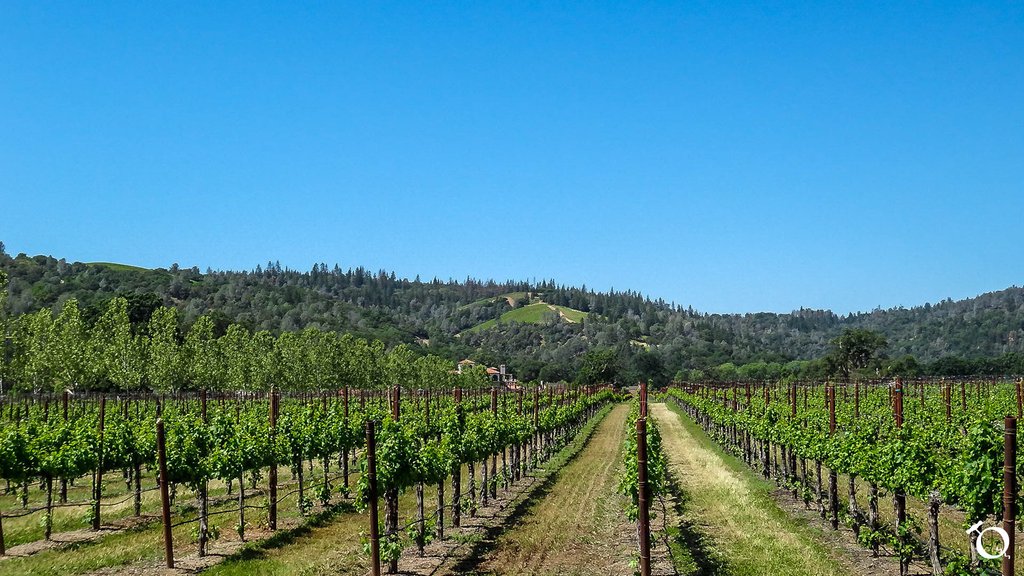Paso Robles Estrella District - Wine Region of the Day
/The Paso Robles Estrella District is another of the eleven sub-appellations of the Paso Robles viticultural area. The AVA is located in the northeastern portion of its parent and surrounds the Estrella River. The topography of the region begins mountainous and elevations decrease and even out into the floor of the river valley. The elevations in the District range from 745 to 1,819 feet above sea level though the wineries are largely found from 1,000 to 1,600.
The climate is moderately warm making the region ideal for Rhone varietals. Marine influences and air flows due to elevation also moderate the temperatures which makes the region good for Bordeaux grapes such as Cabernet Sauvignon and Merlot. The rainfall amounts range from 12.5 to 15.5 inches per year but are supplemented by the fogs brought into the region from the ocean air. The soils of the District are also effected by the its topography. The soils of the region are alluvial and have low fertility but enough drainage to allow the roots of the vines to establish themselves and enough clay to help maintain moisture.





















